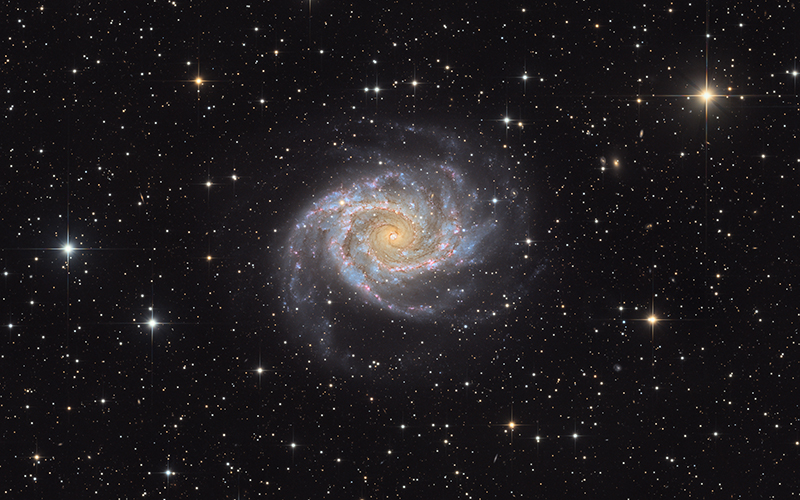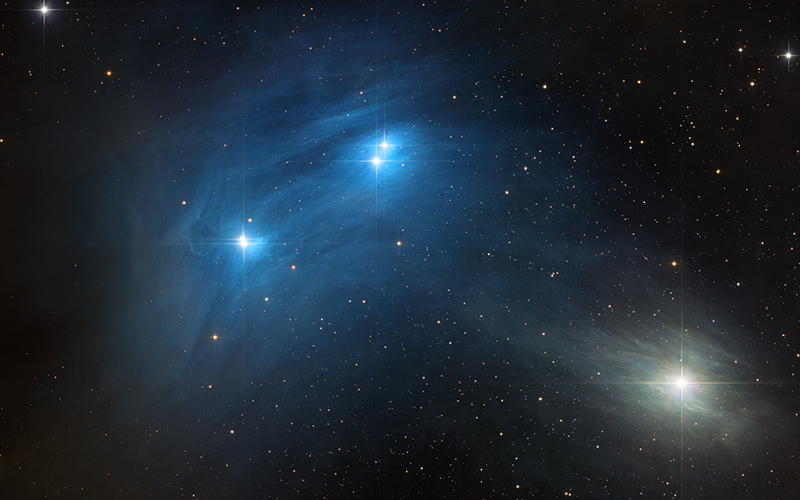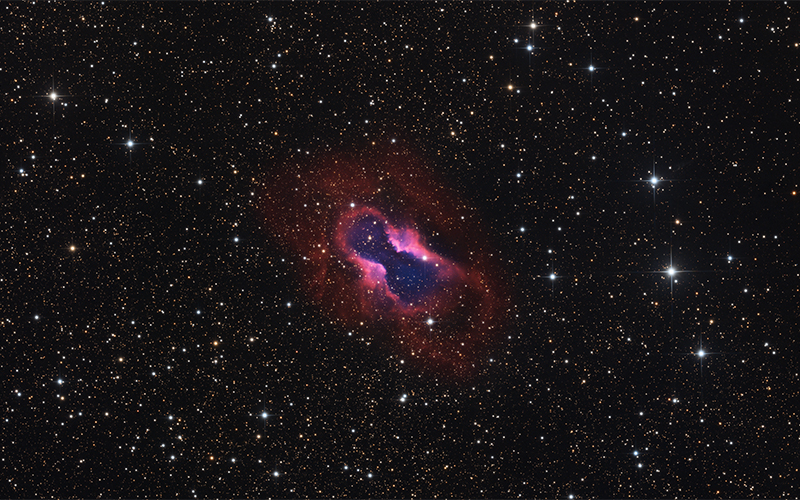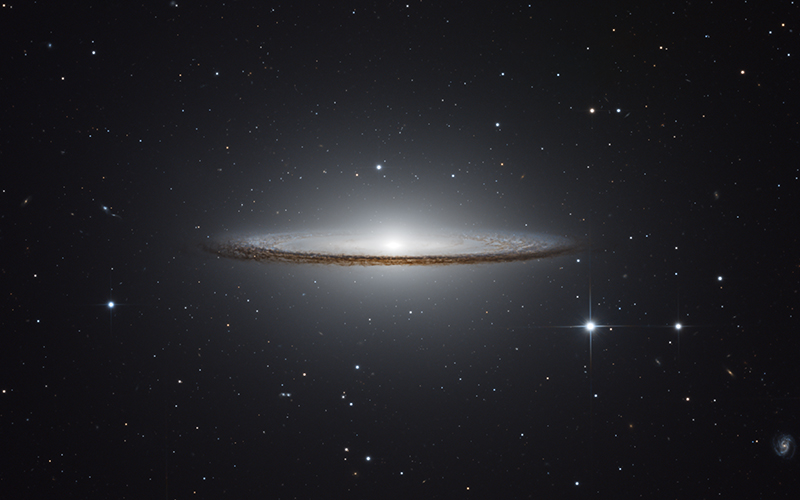CELESTIAL OBJECTS
Astrophotography by Patrick Winkler
An astrophotographic journey through space
Astrophotography is much more than just photographing the night sky - it is a fascinating combination of art and science. By using special techniques, we can experience celestial objects and phenomena in a way that would not be possible with the naked eye. It opens a window to the depths of the cosmos and allows us to discover the beauty, diversity and mysteries of space. The possibilities of astrophotography are almost limitless. From the spectacular spiral arms of distant galaxies and the brilliant colors of gas nebulae to fleeting celestial events such as the Aurora Borealis, the results reveal not only the beauty of the night sky. They also give us an insight into the physical processes that shape them.
Astrophotography on the other hand requires a comprehensive understanding of both astronomy and photography. Its foundations are advanced camera techniques, combined with careful planning, specialized equipment and long exposure times. In addition, powerful telescopes, precise tracking systems and sensitive camera sensors are able to capture even the faintest signals from the universe. But it's not just the technology that makes astrophotography special. Equally important is the passion and dedication of the photographer.
Recently added

N 11
N 11 is a large nebula complex in the north-western part of the LMC. It consists of several NGC objects (like NGC 1769, or NGC 1763, the Bean Nebula).

NGC 1097
NGC 1097 is a spiral galaxy (Type SB(s)b), about 53 mio. light years away. The galaxy is located in the southern constellation Fornax. There are four optical jets that appear to emanate from the nucleus, which consists of stars.

IC 4601
IC 4601 is a reflection nebula located in the constellation Scorpius at a distance of 420 light years. The nebula is illuminated by three blue giant stars, the brightest is HD 147010 and two stars of a binary system. The nebula itself is a part of the larger interstellar cloud known as the Blue Horsehead Nebula.
© 2026 Patrick Winkler
Impressum
Datenschutzerklärung




